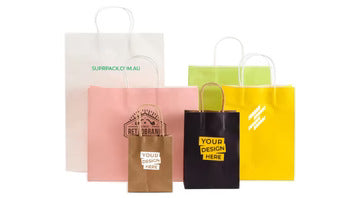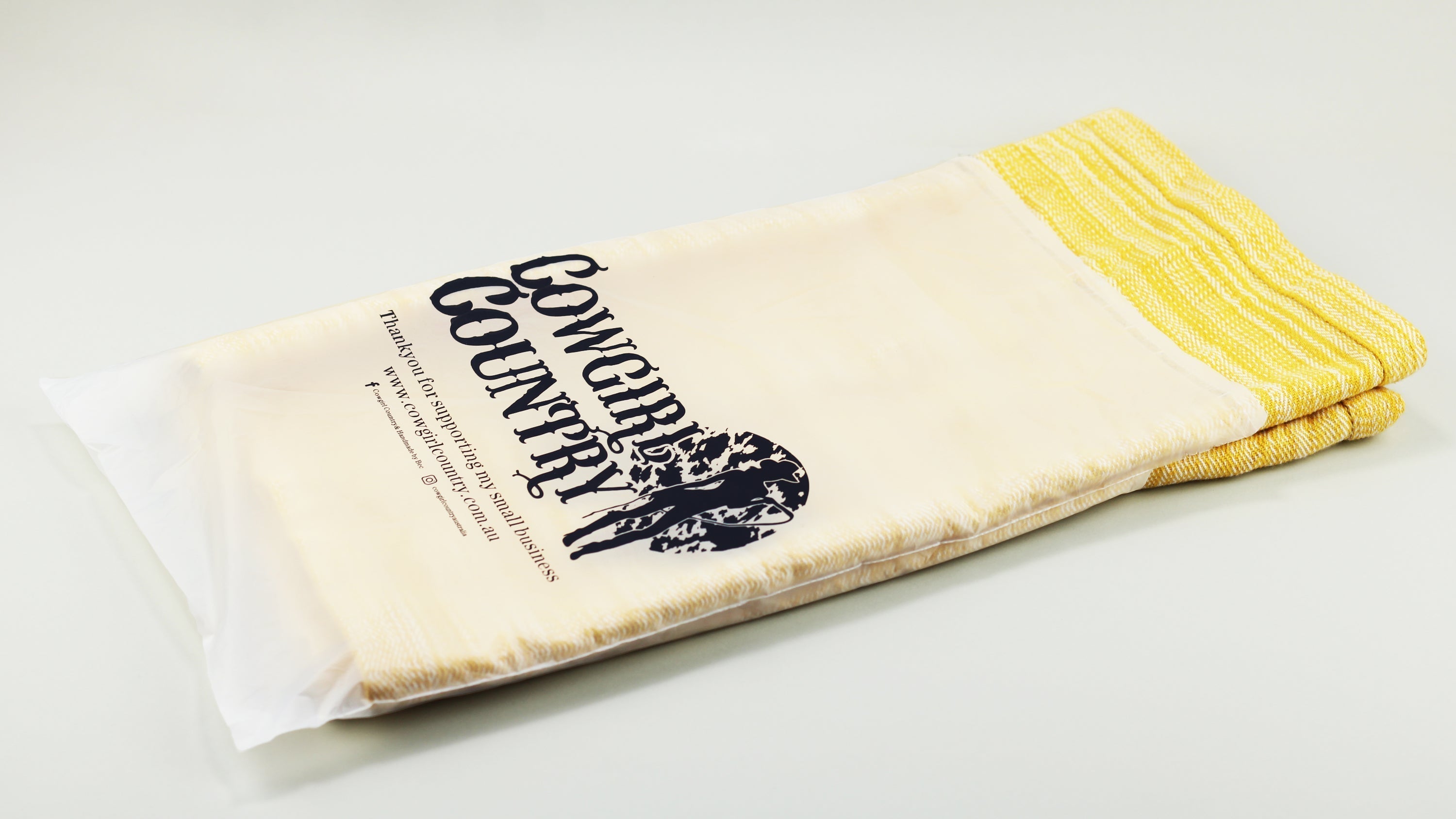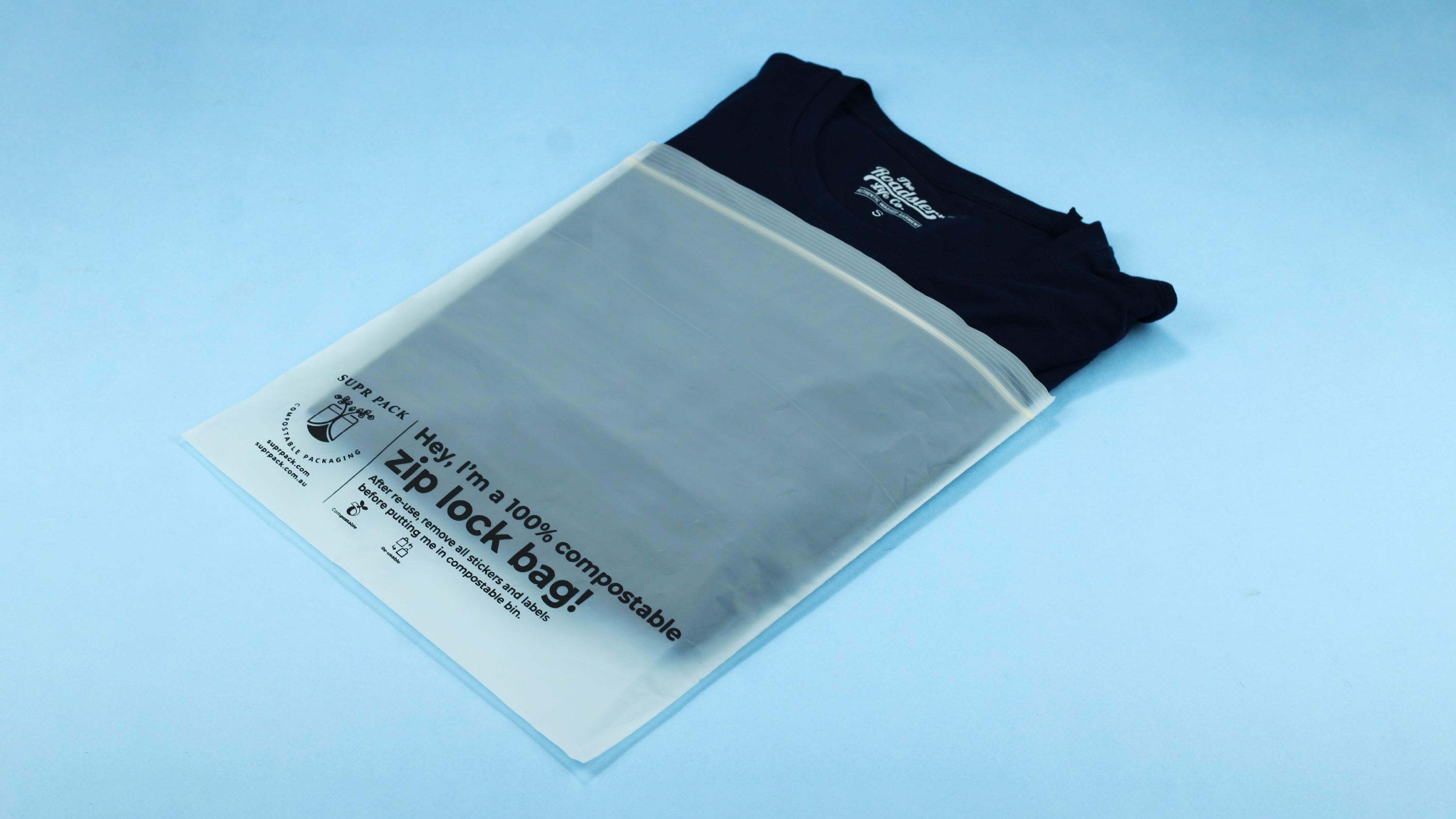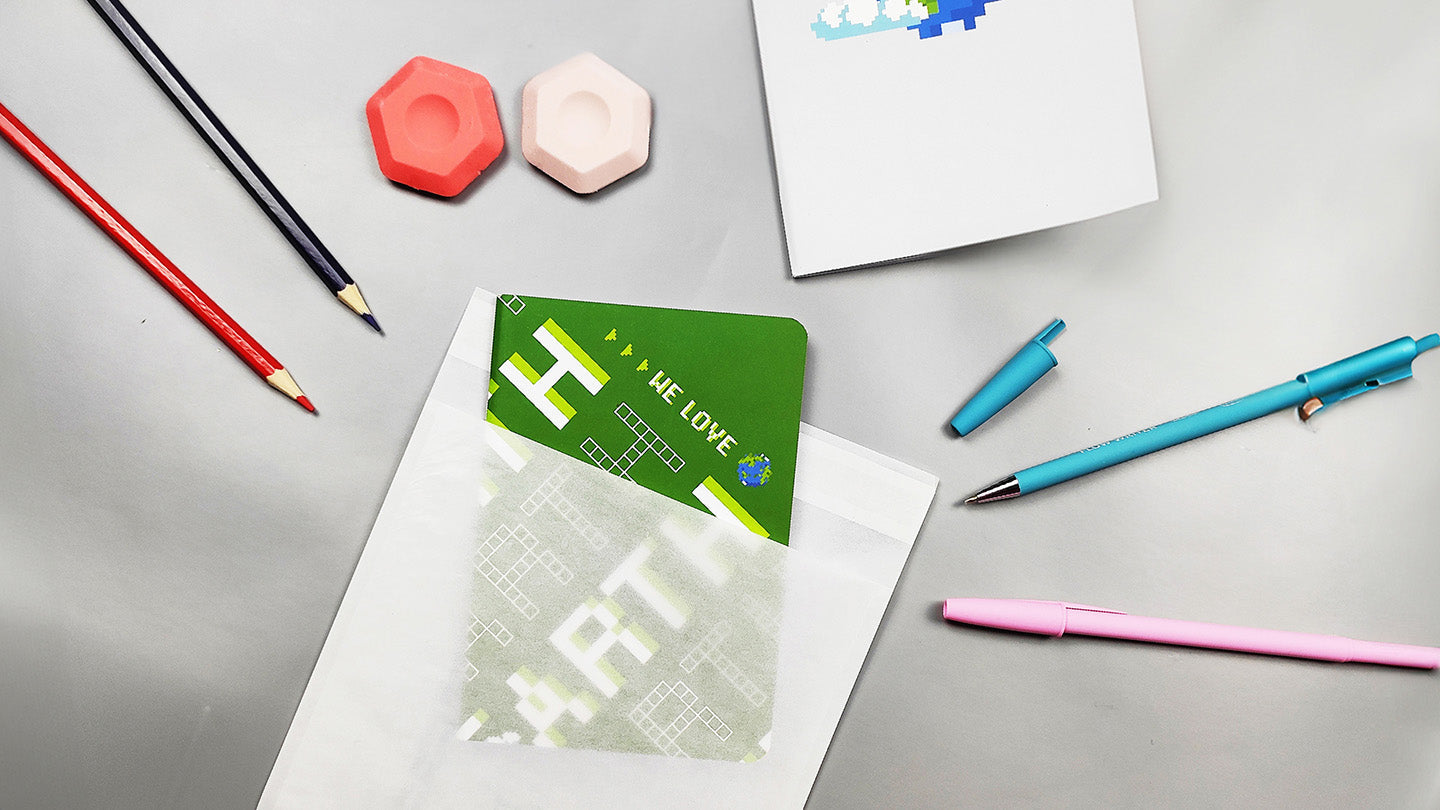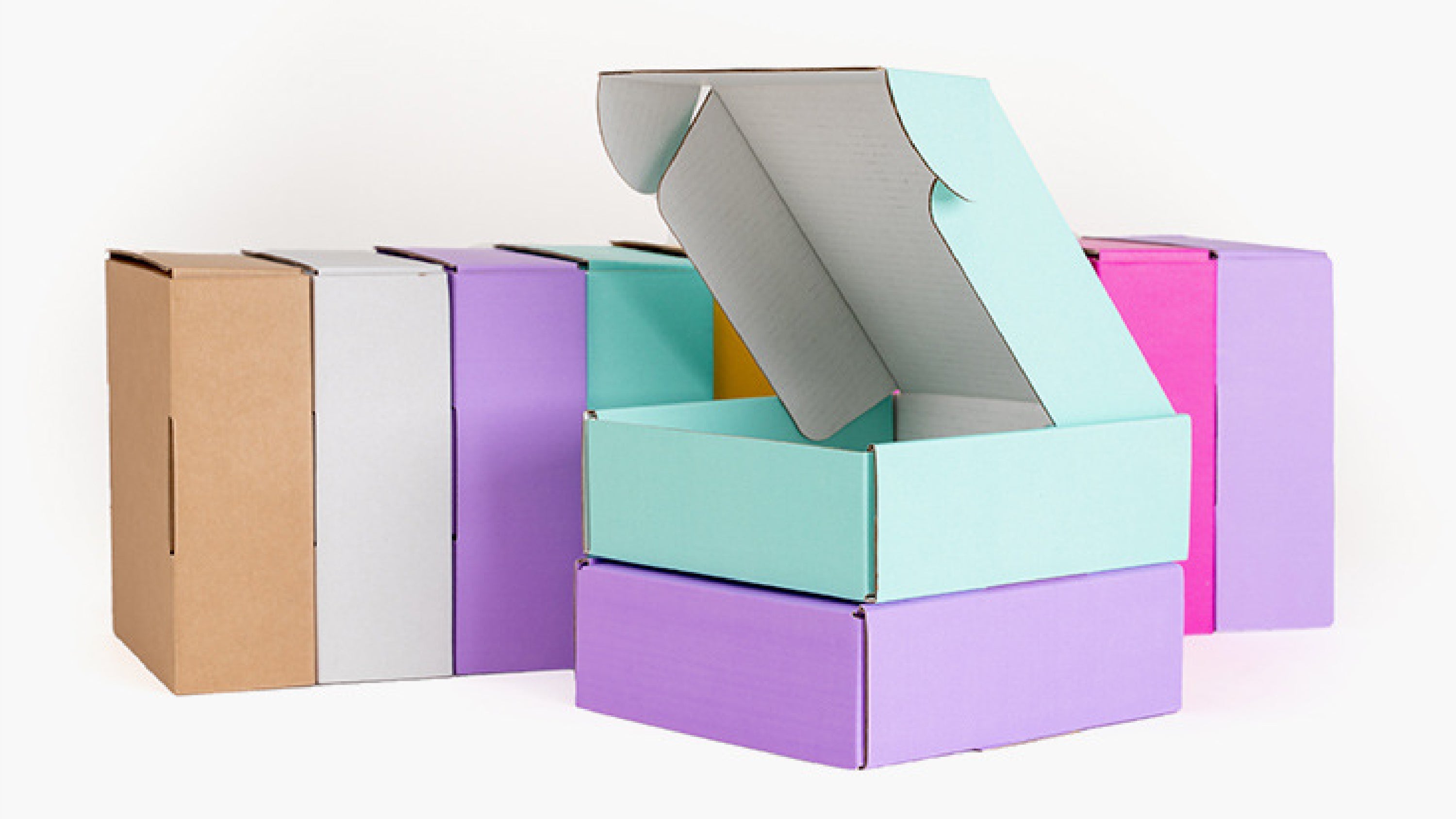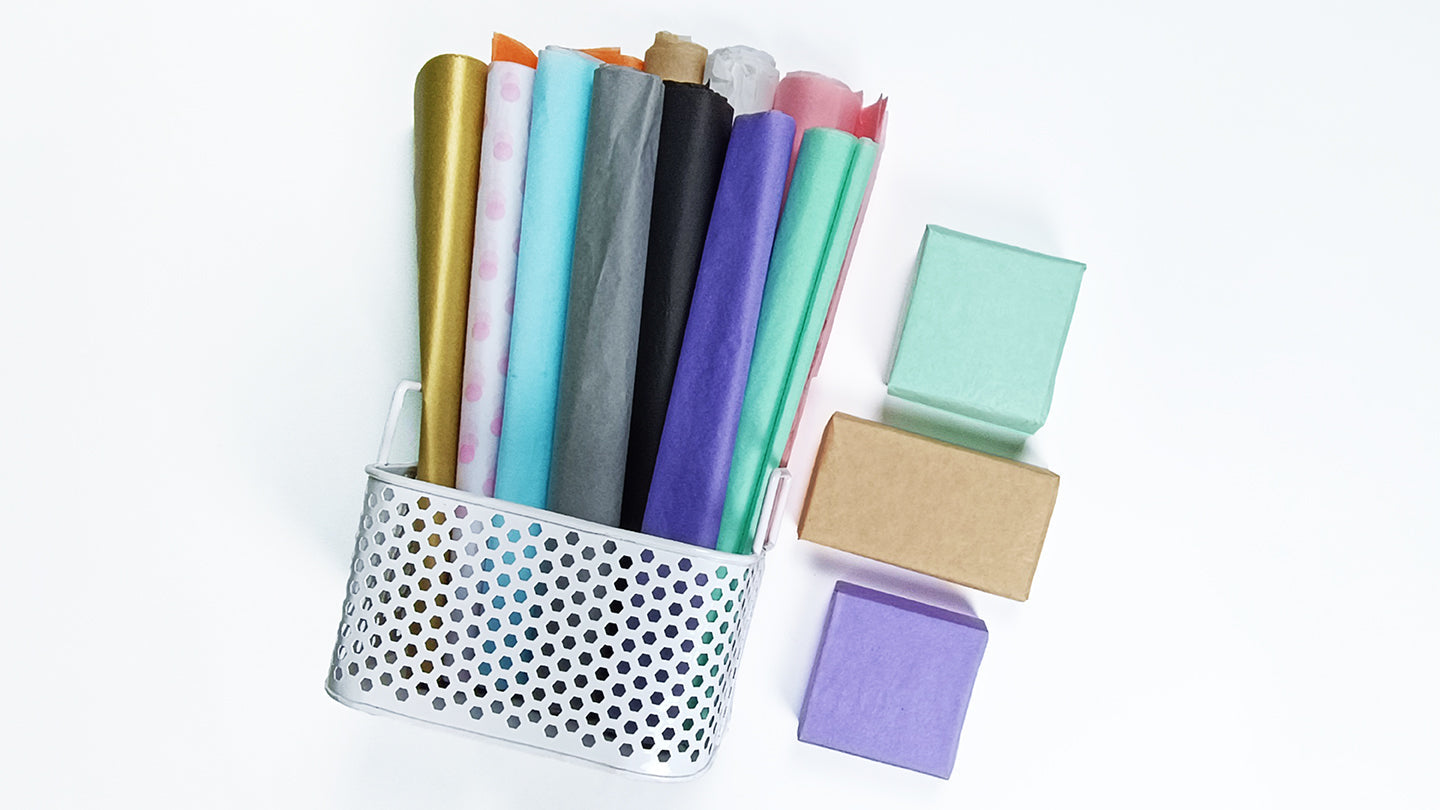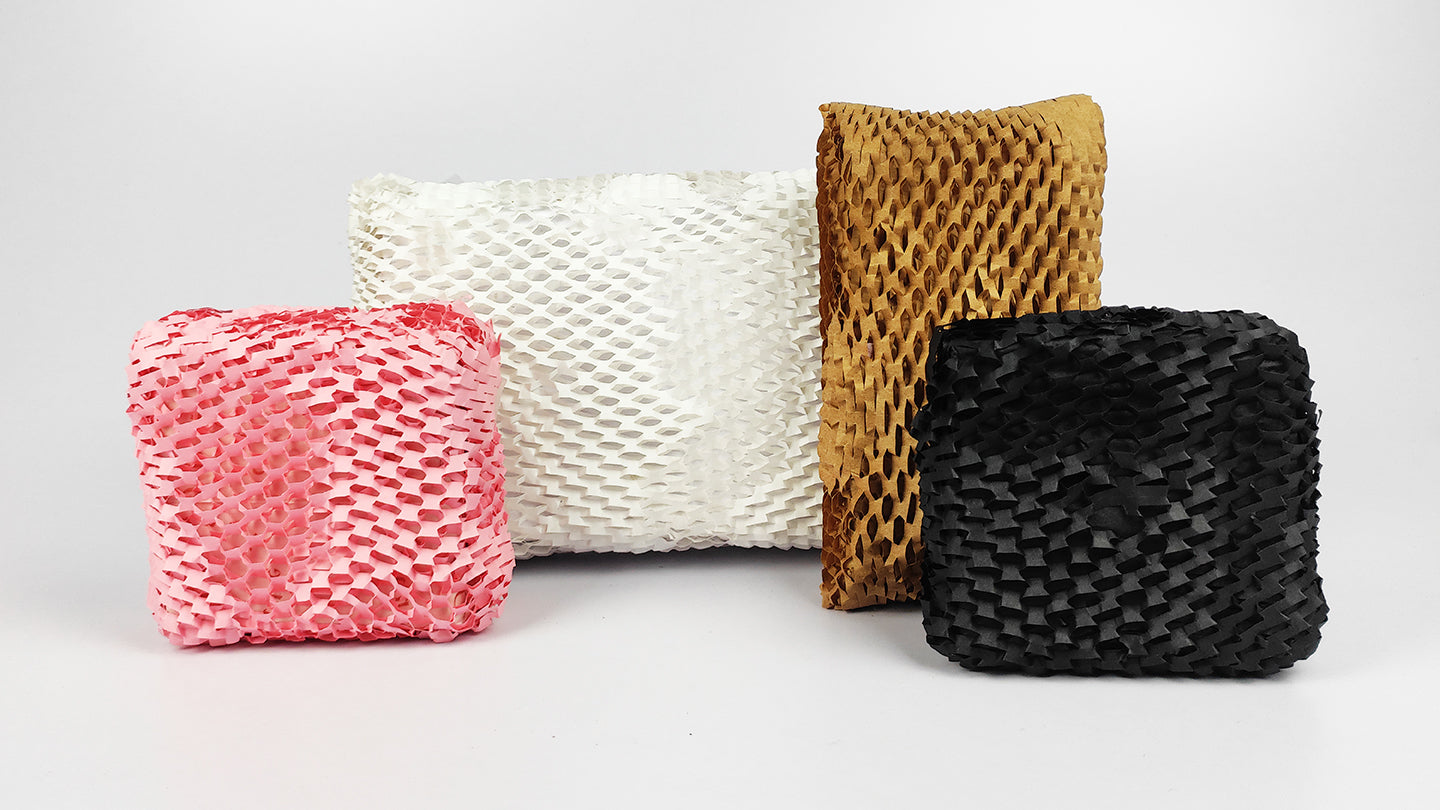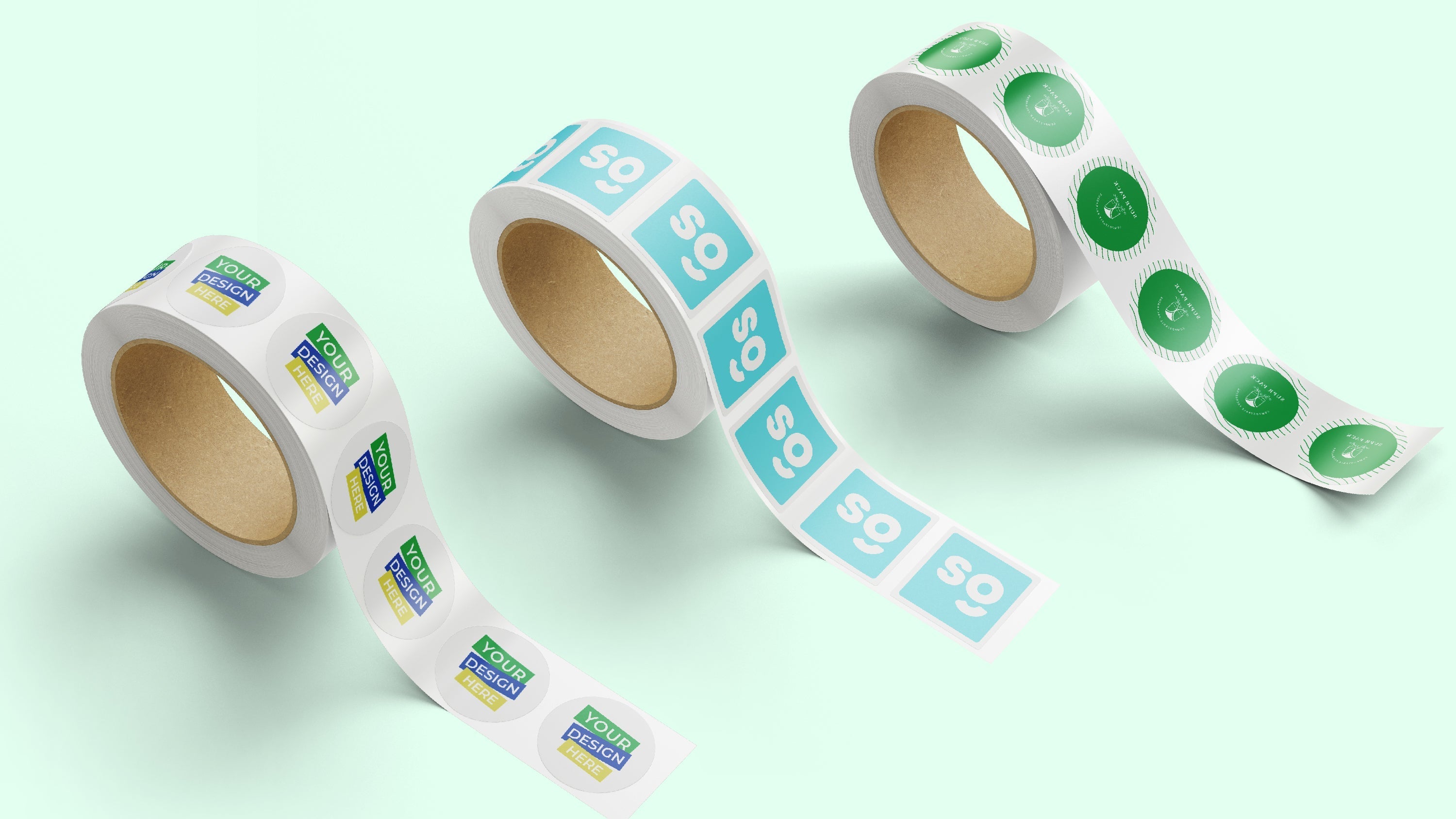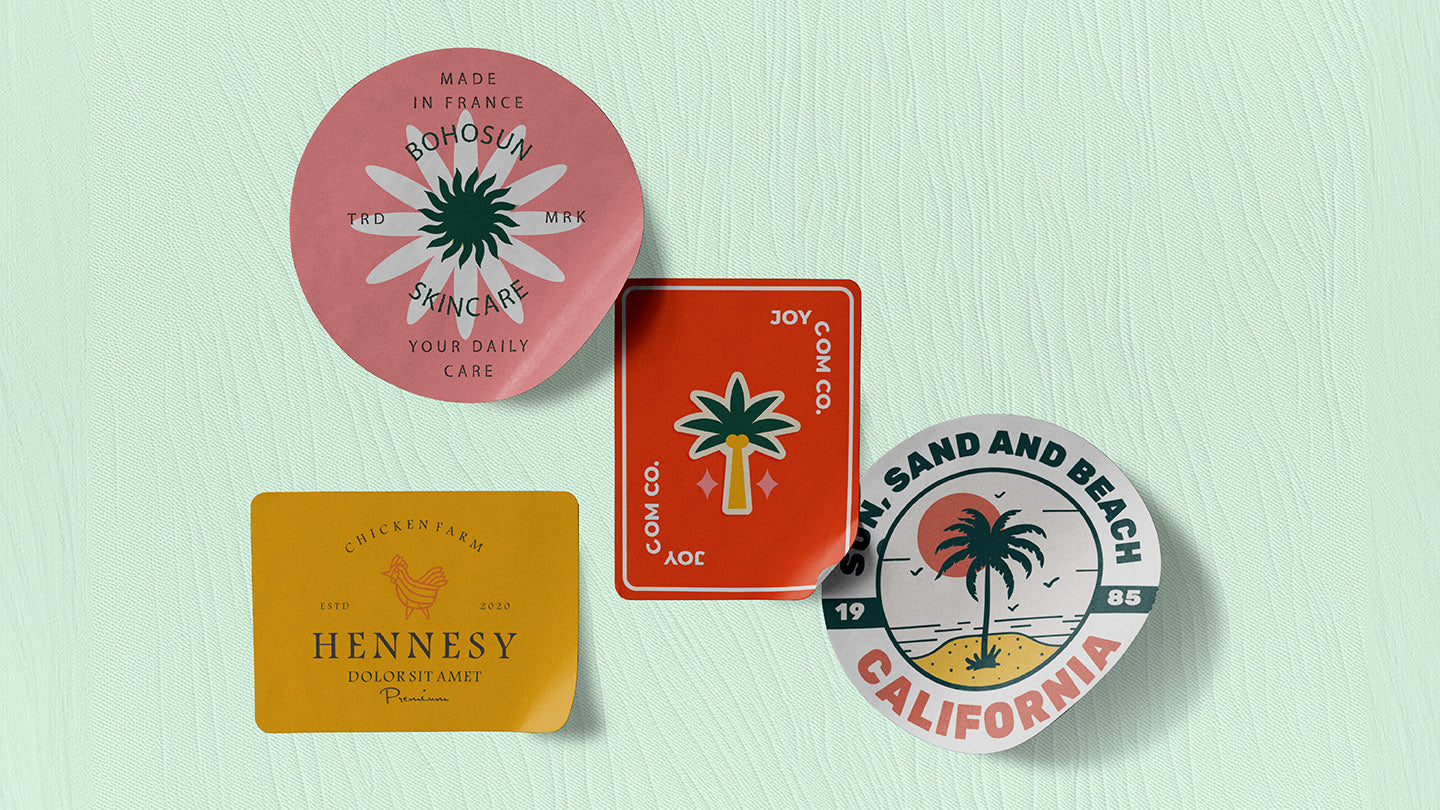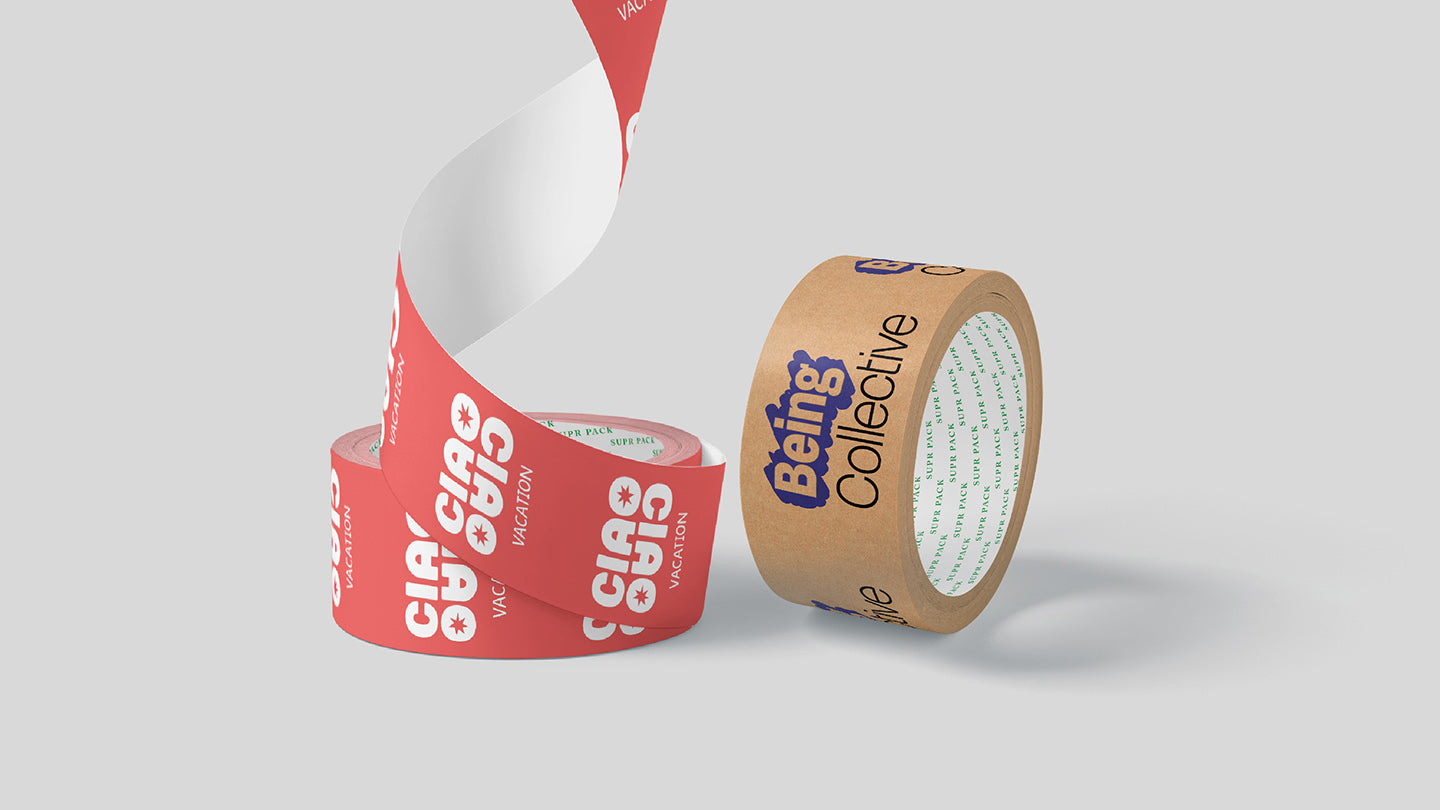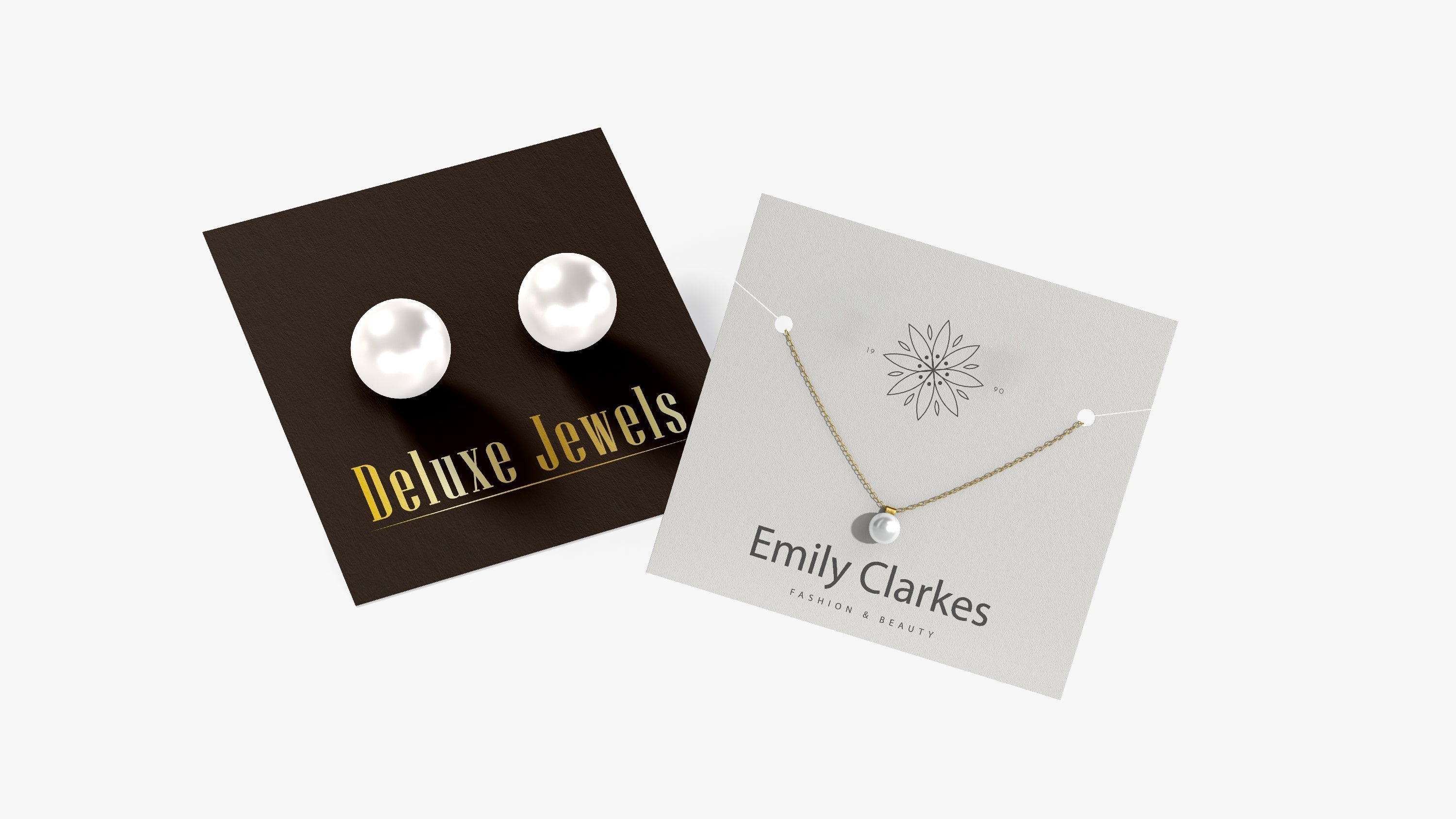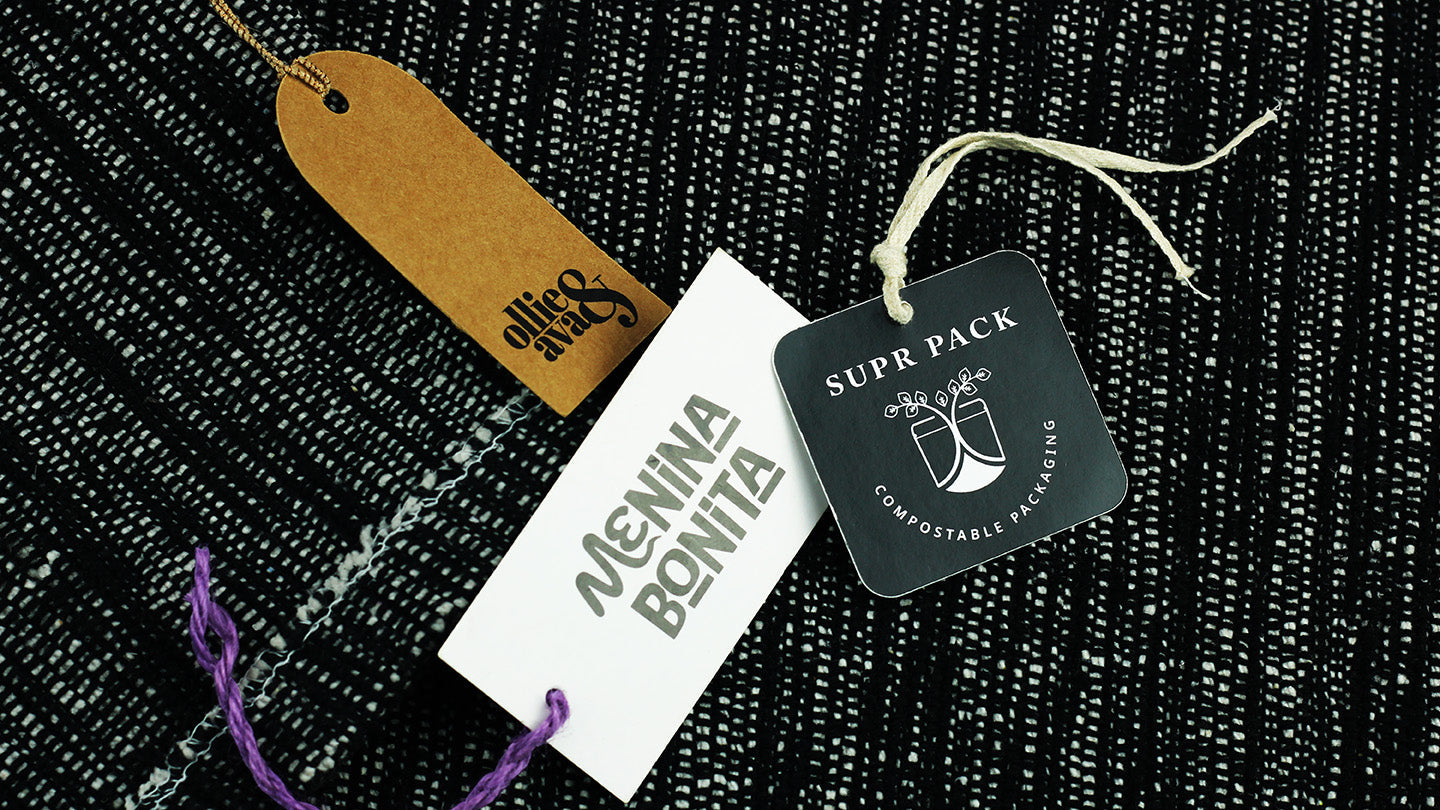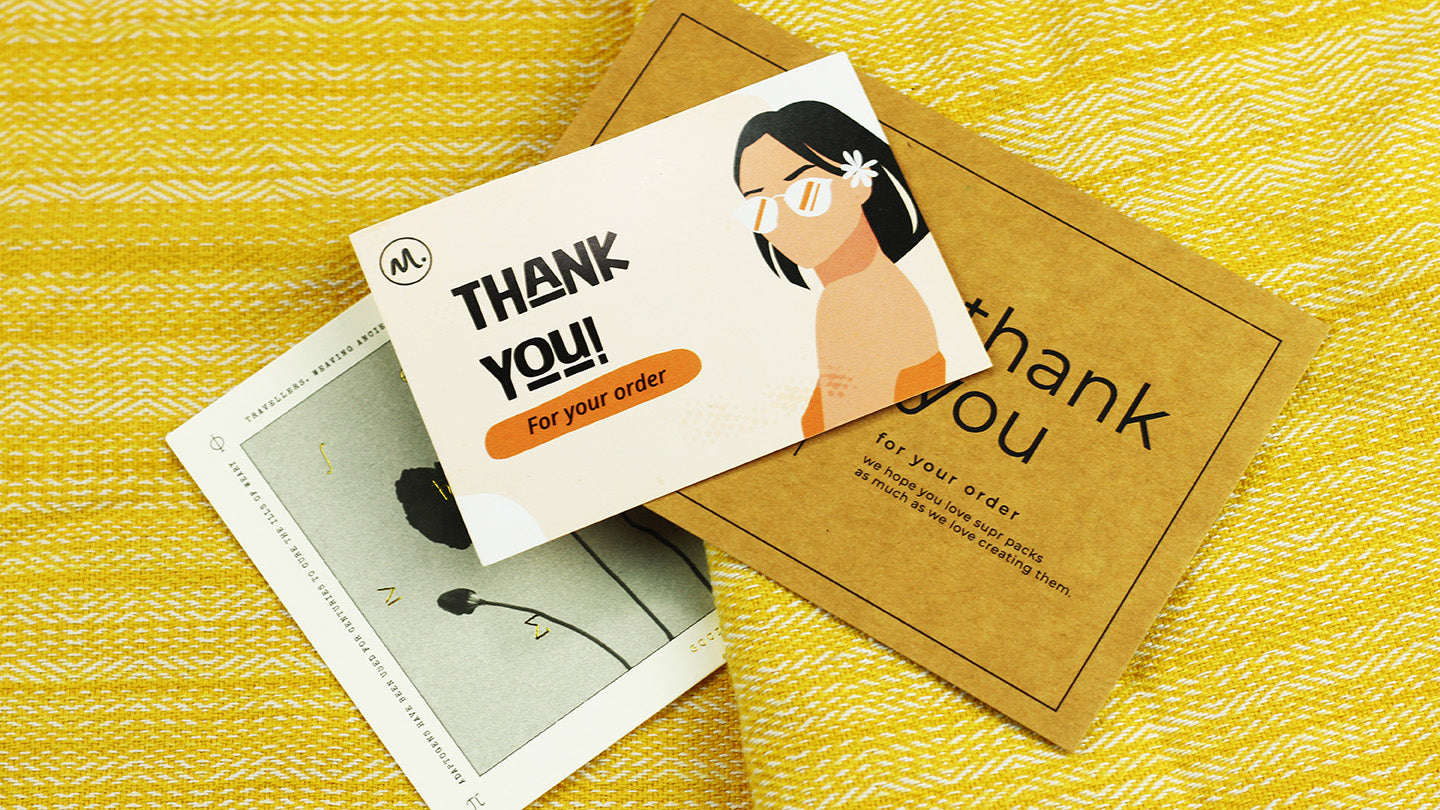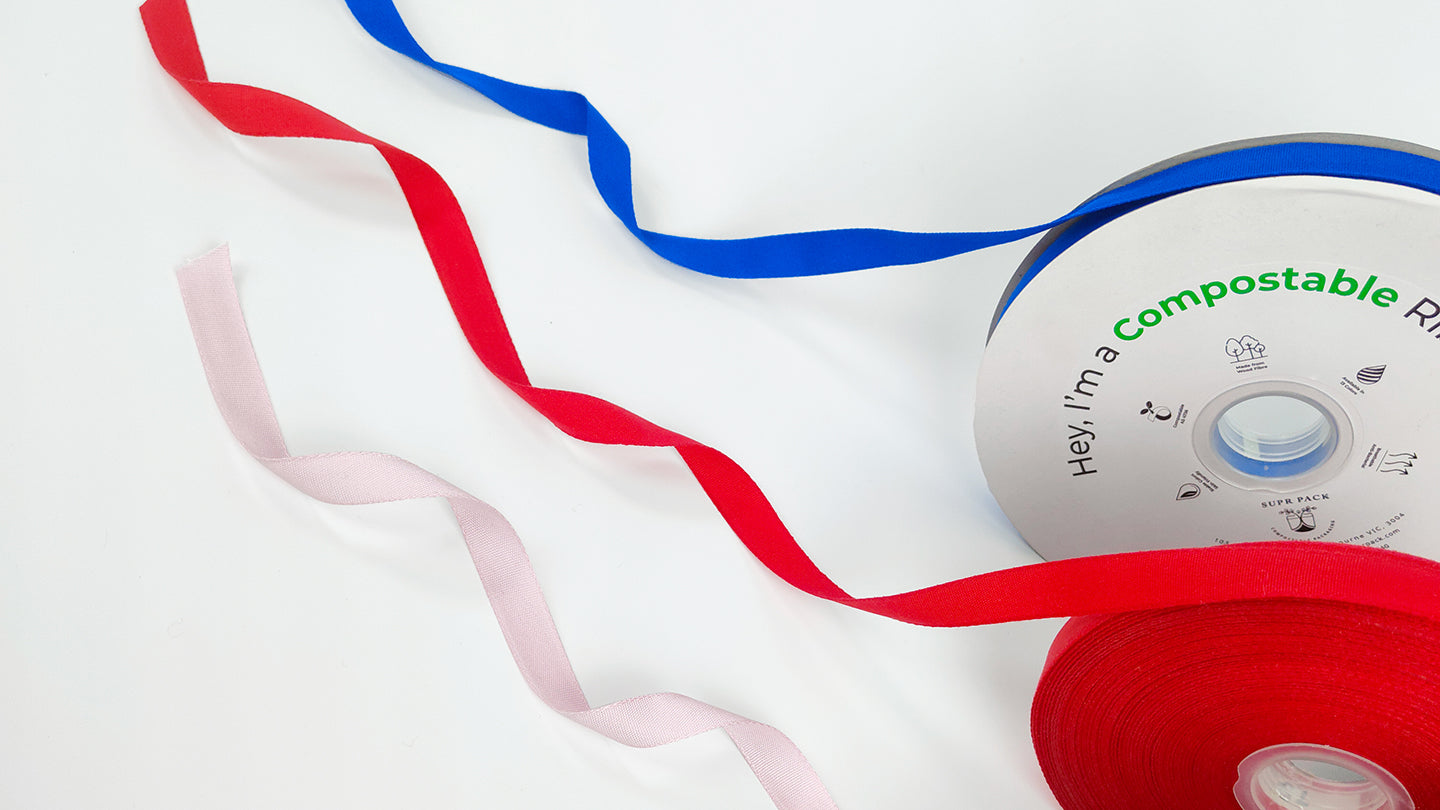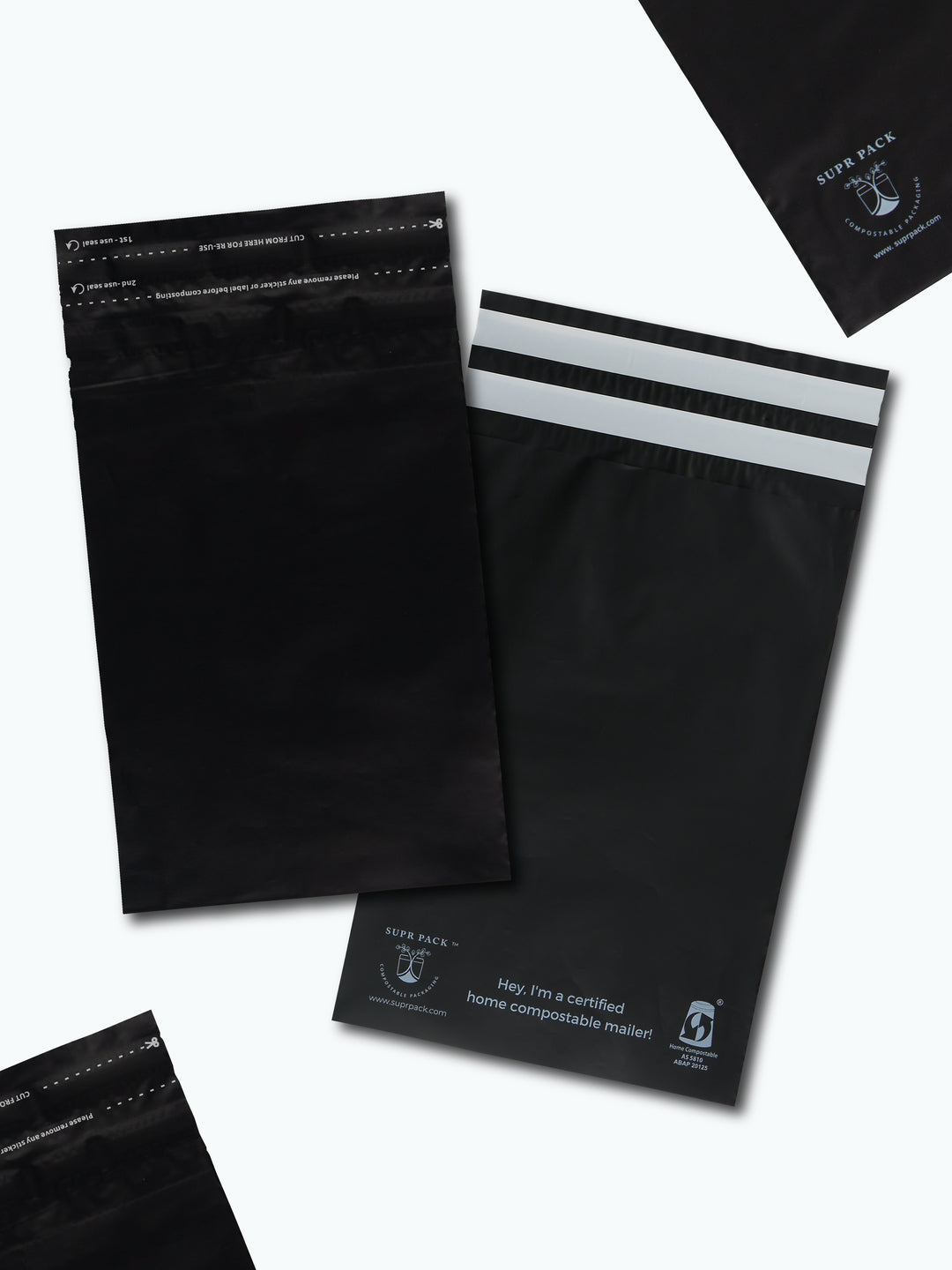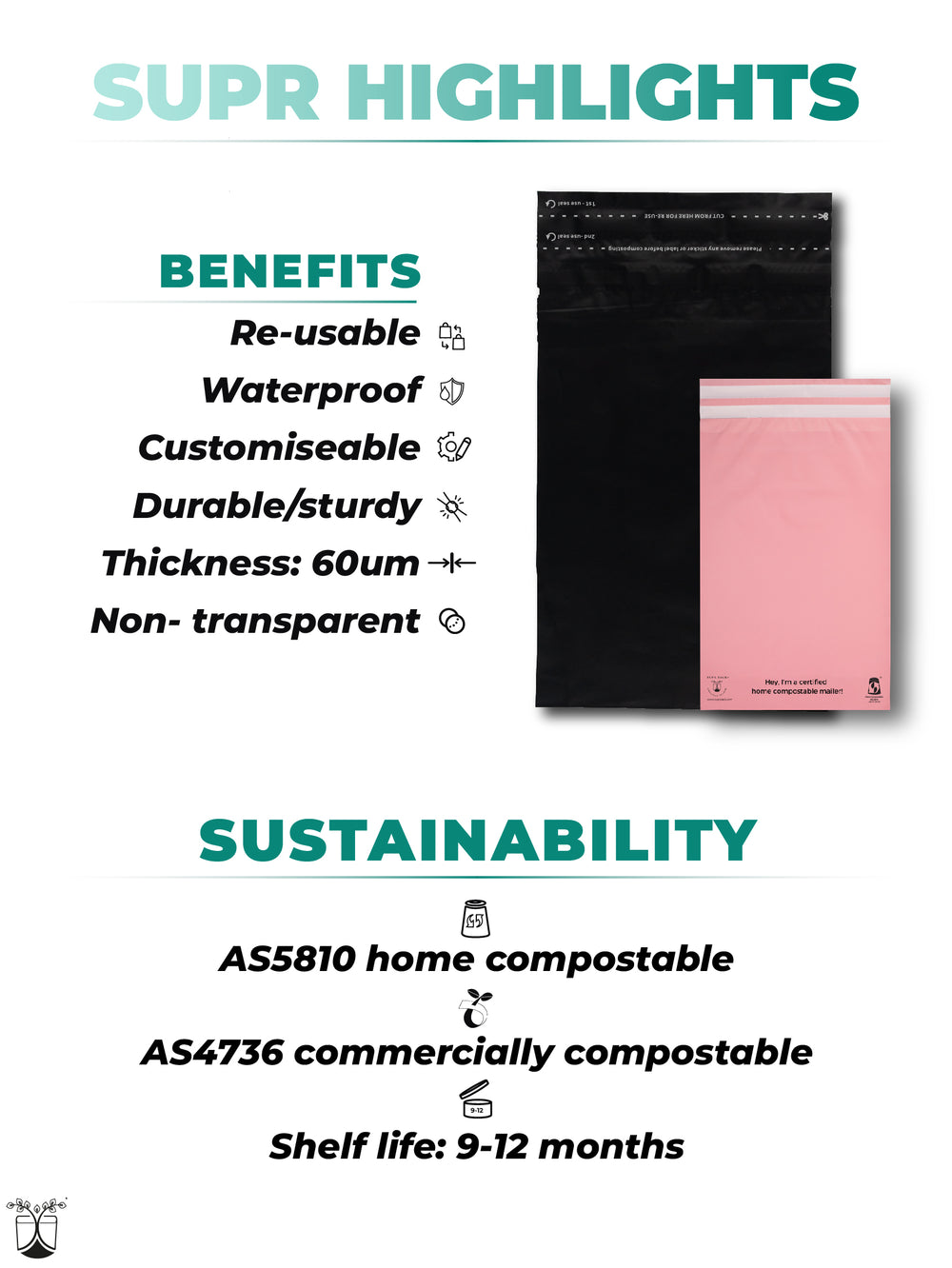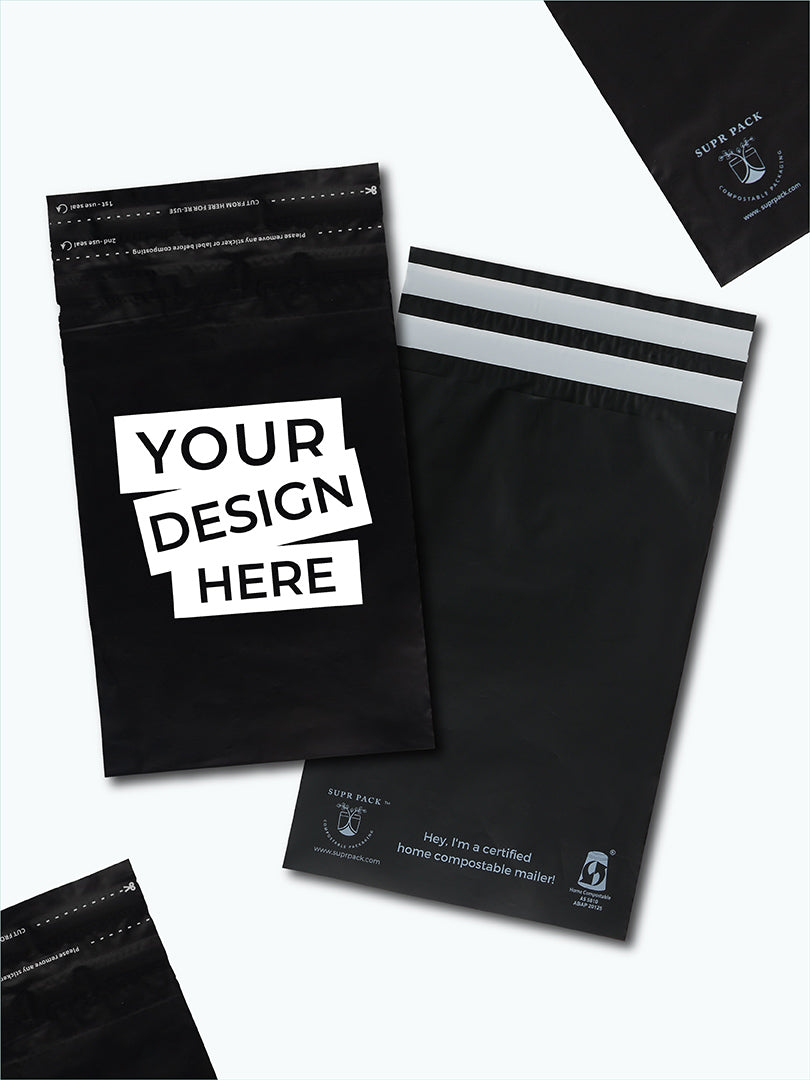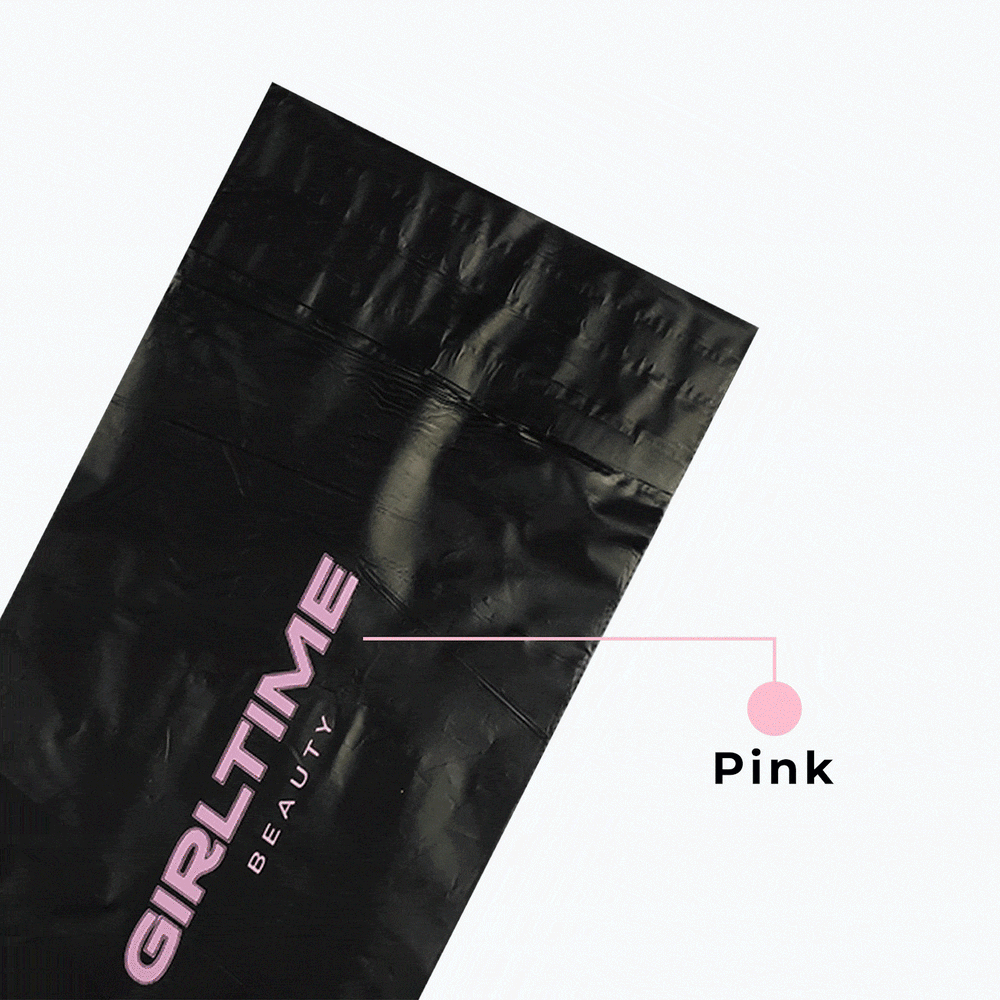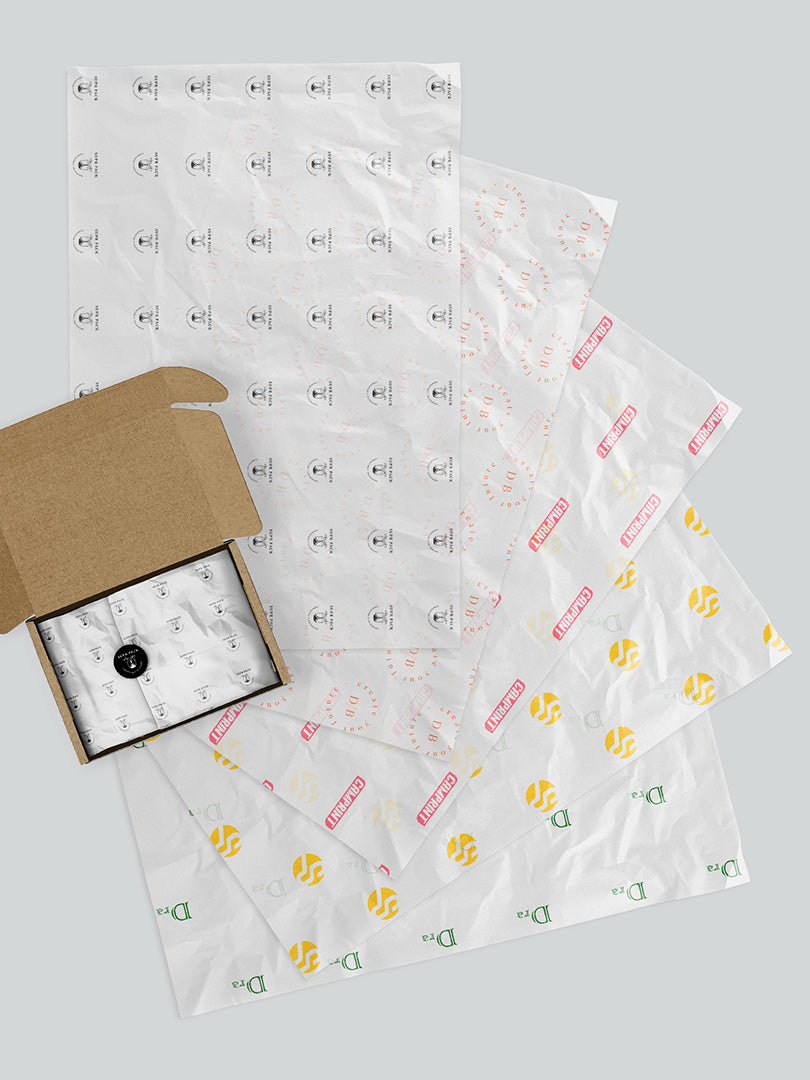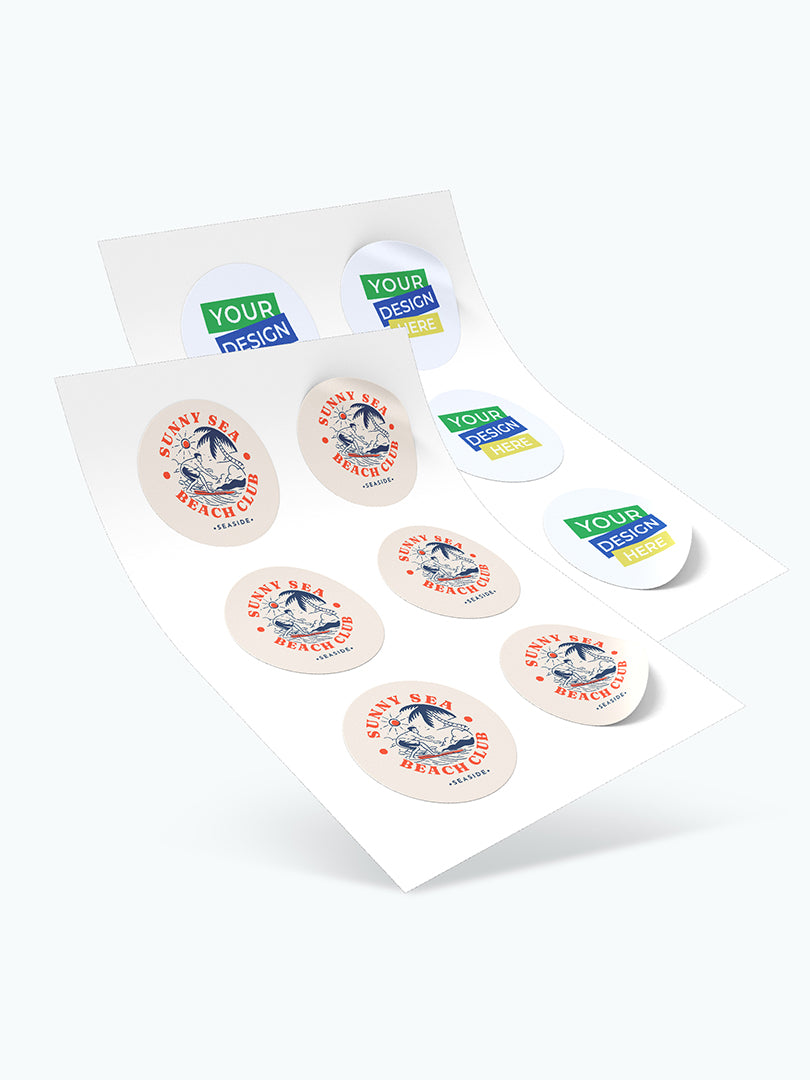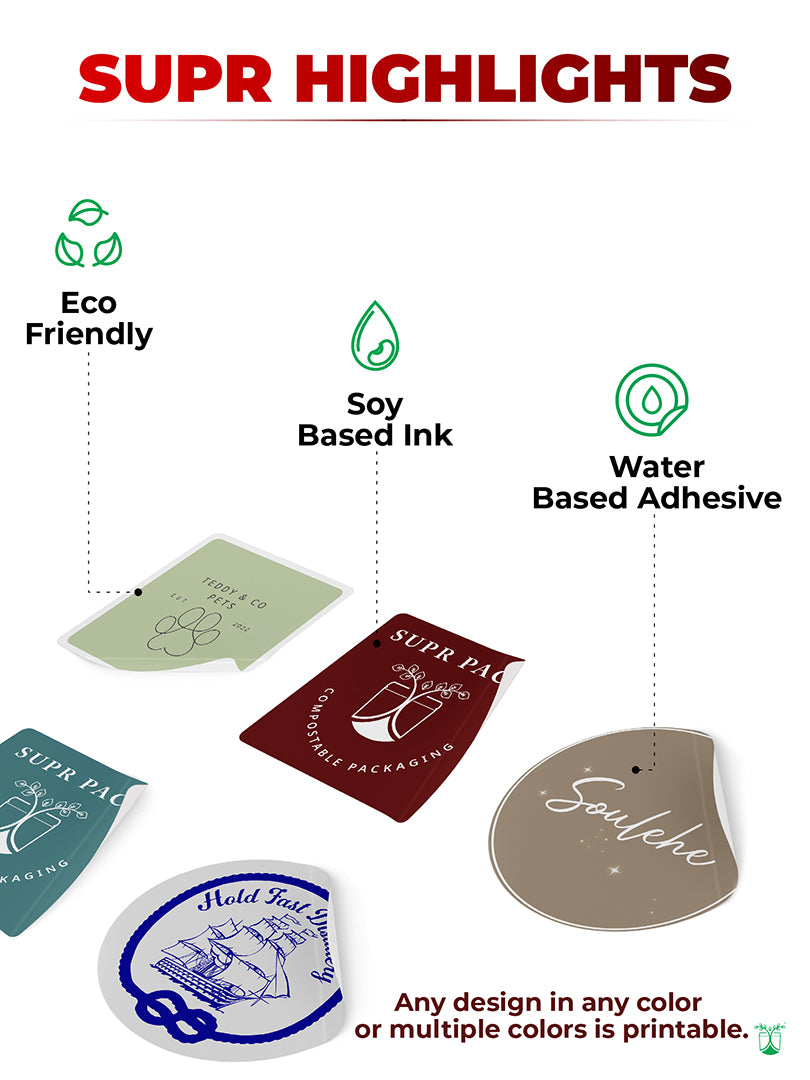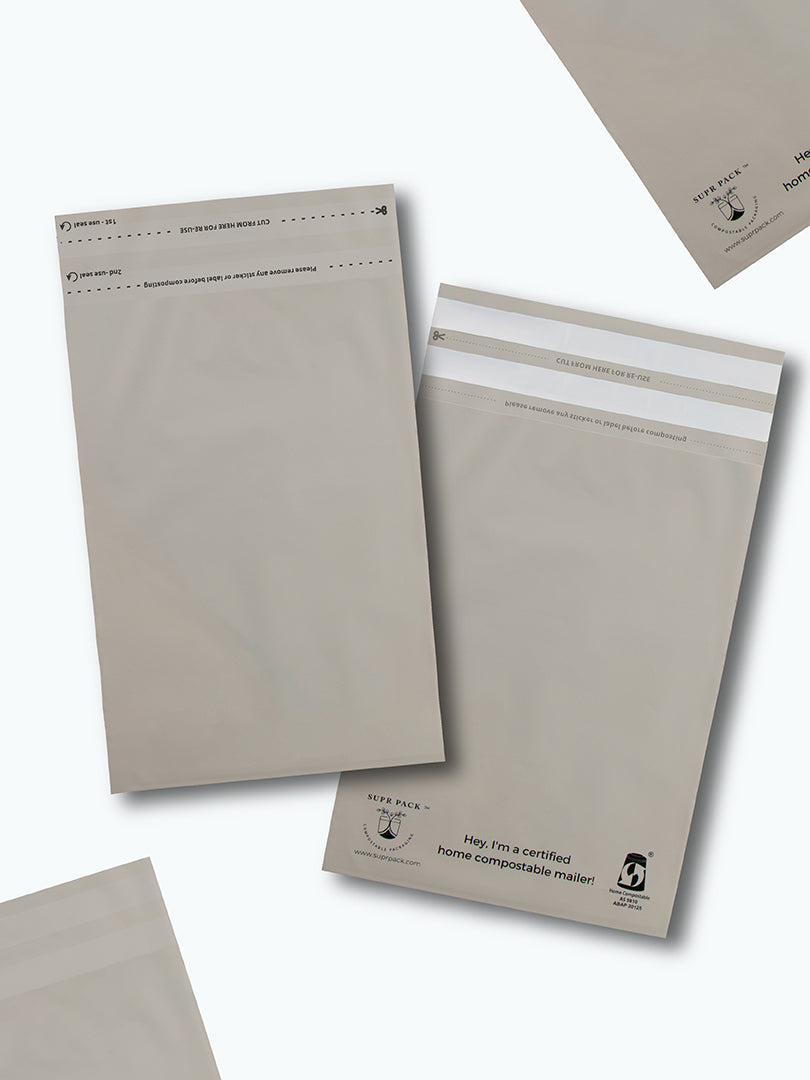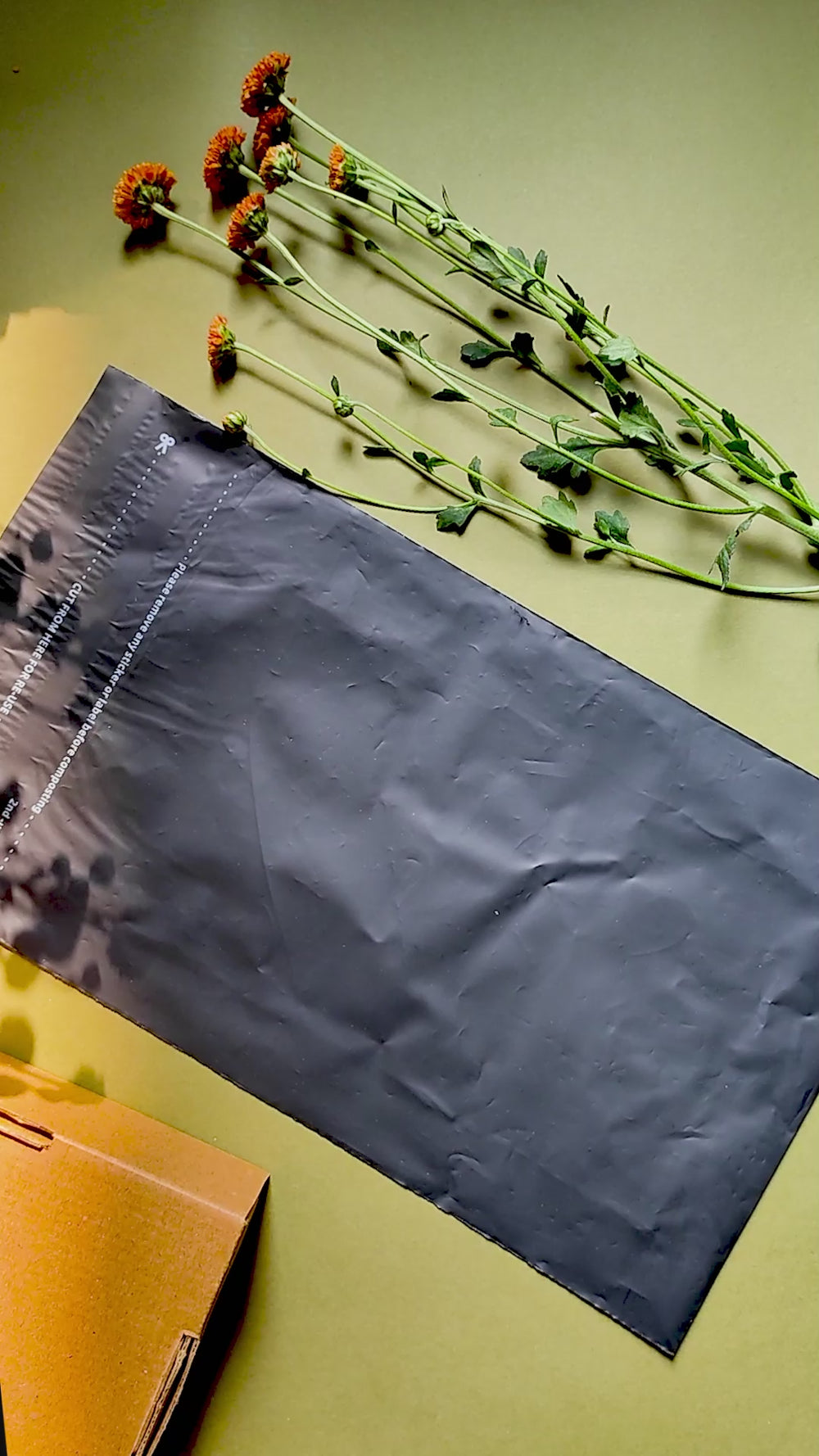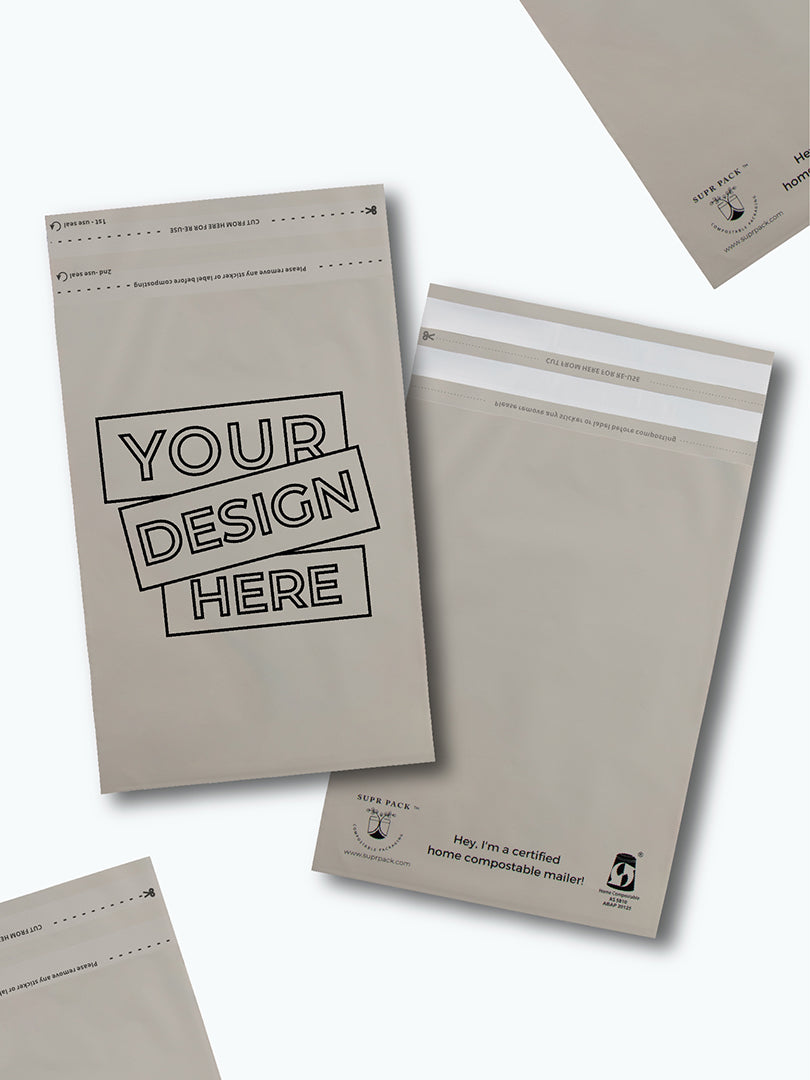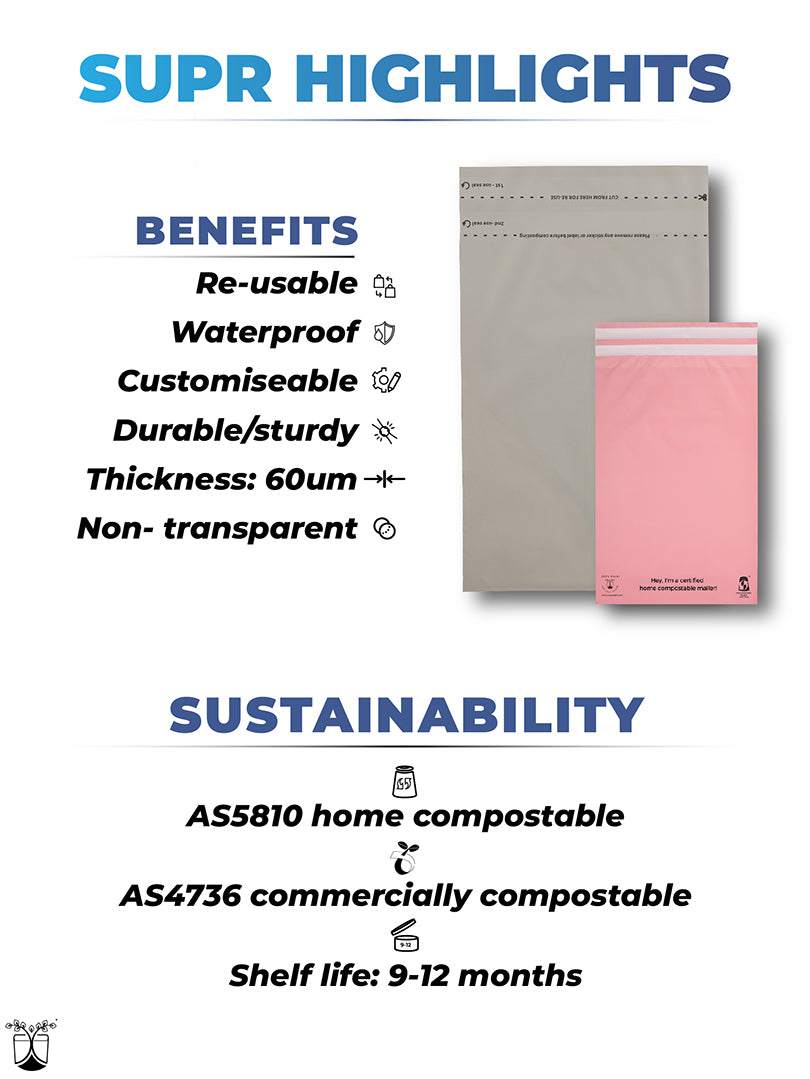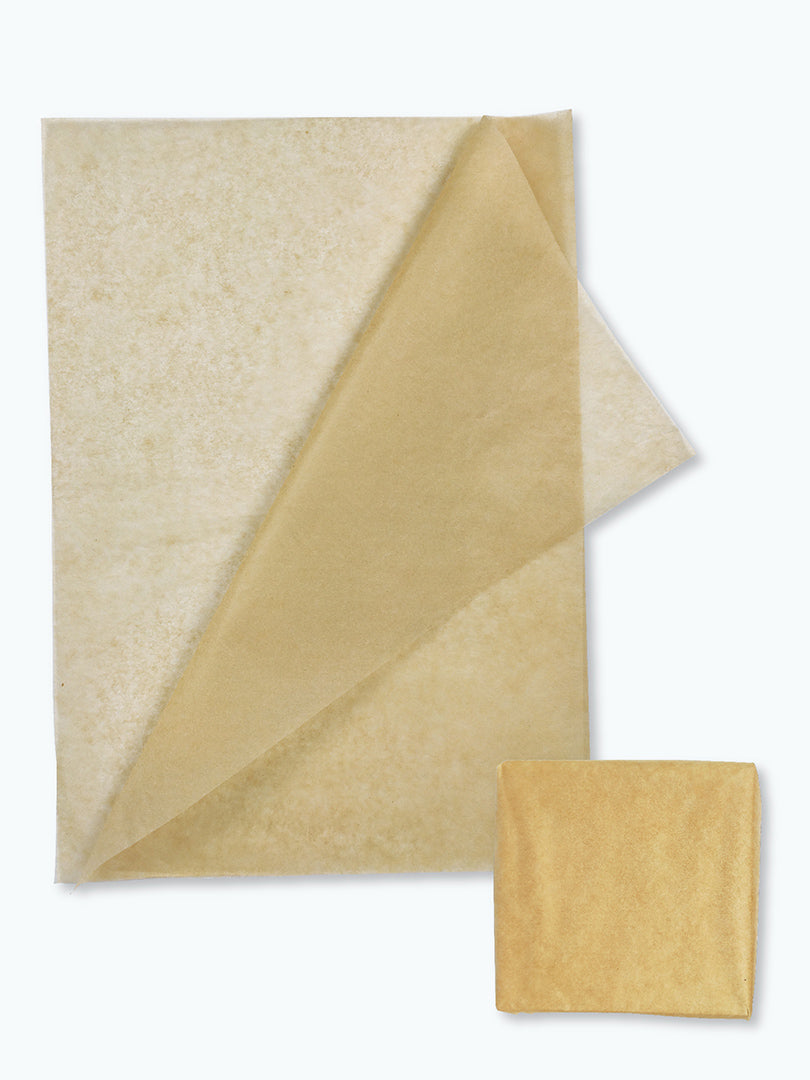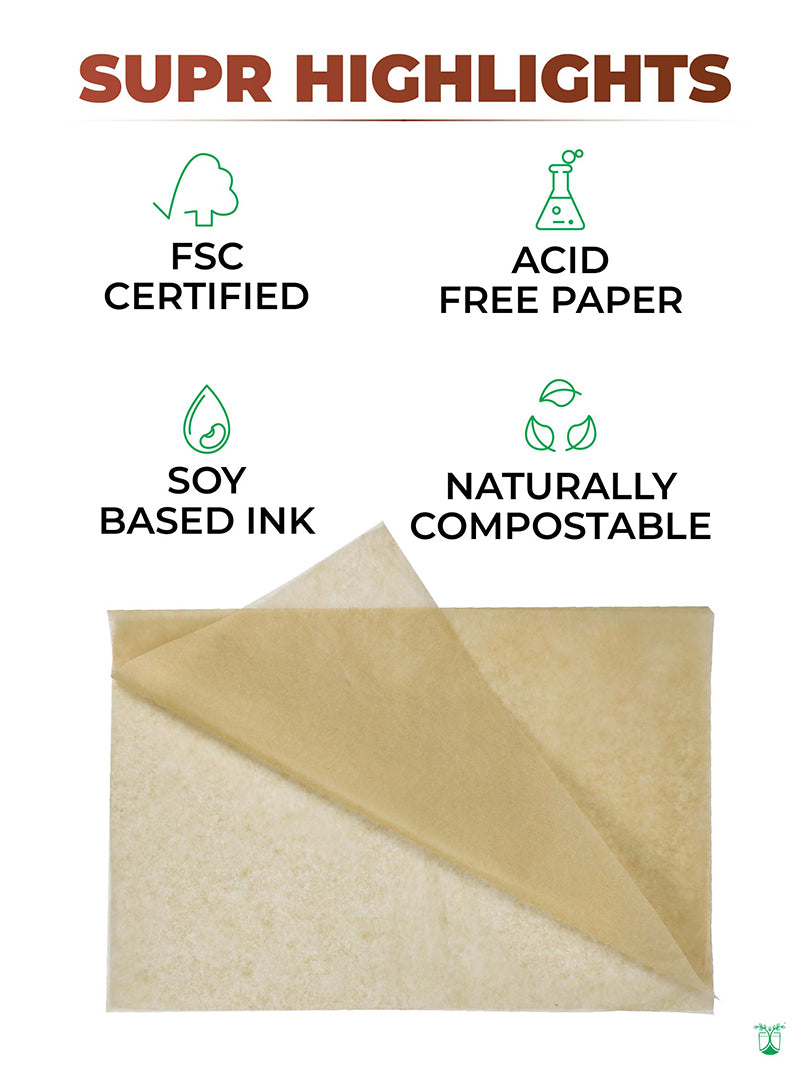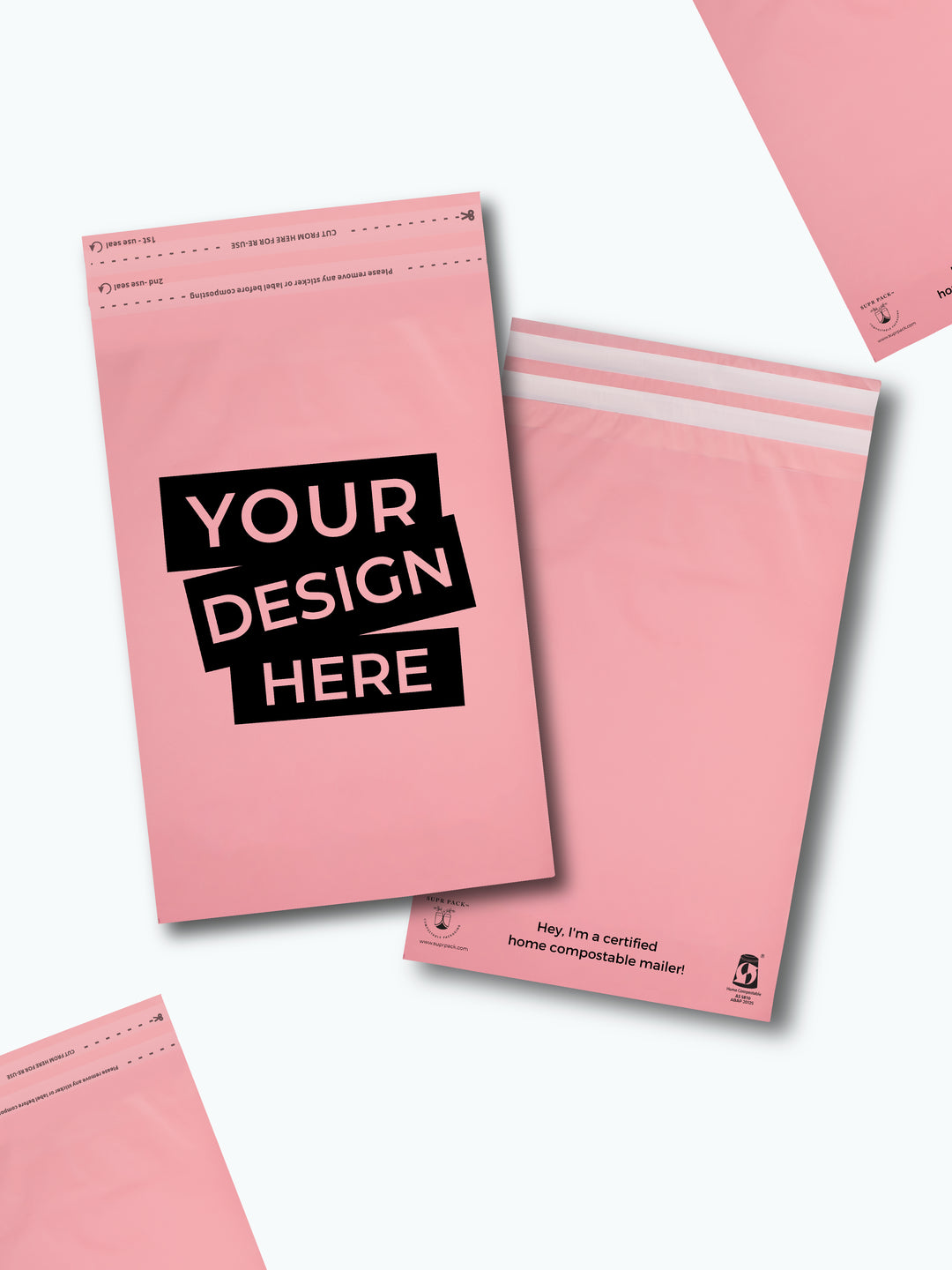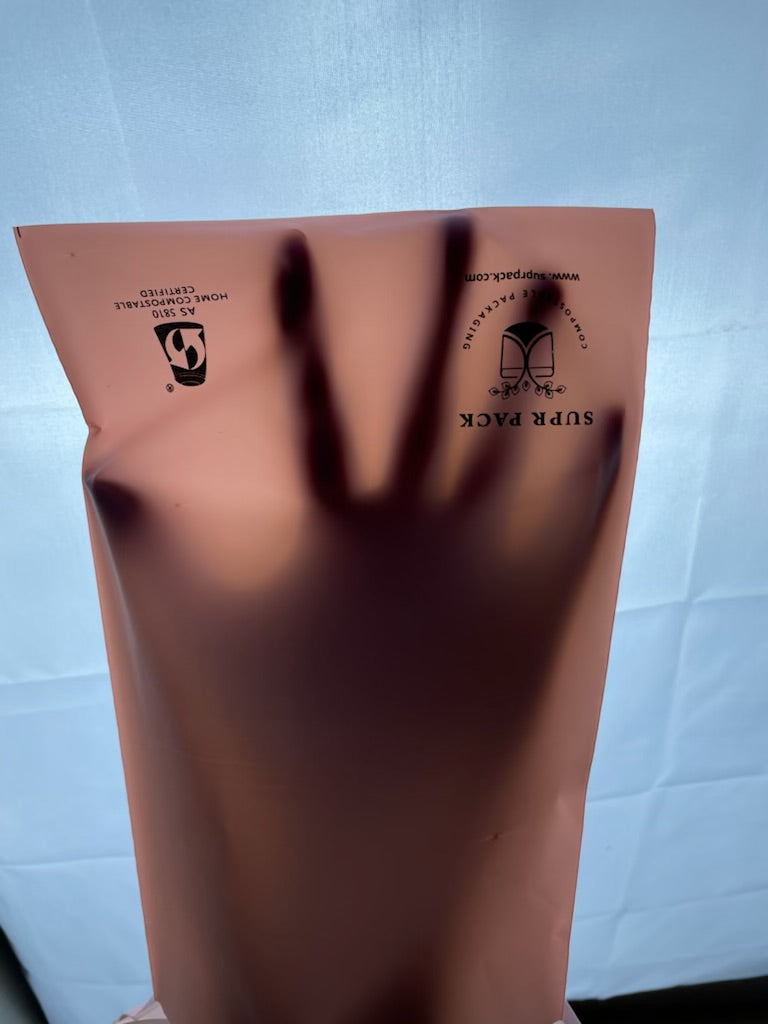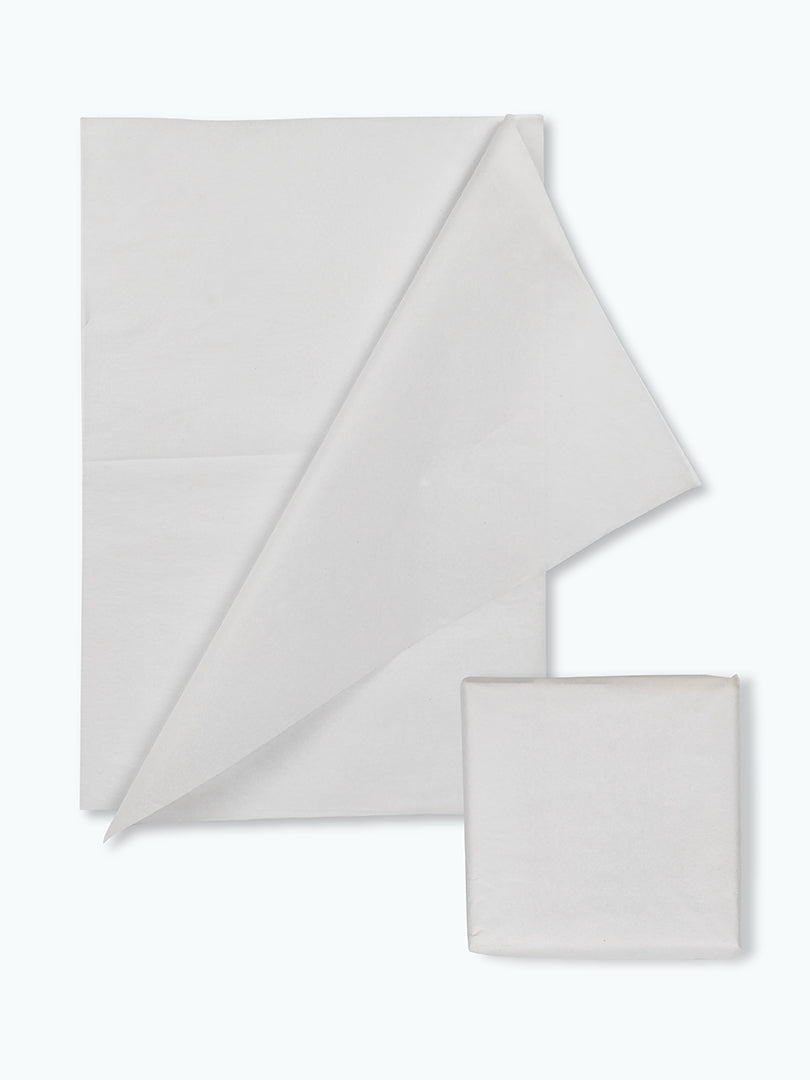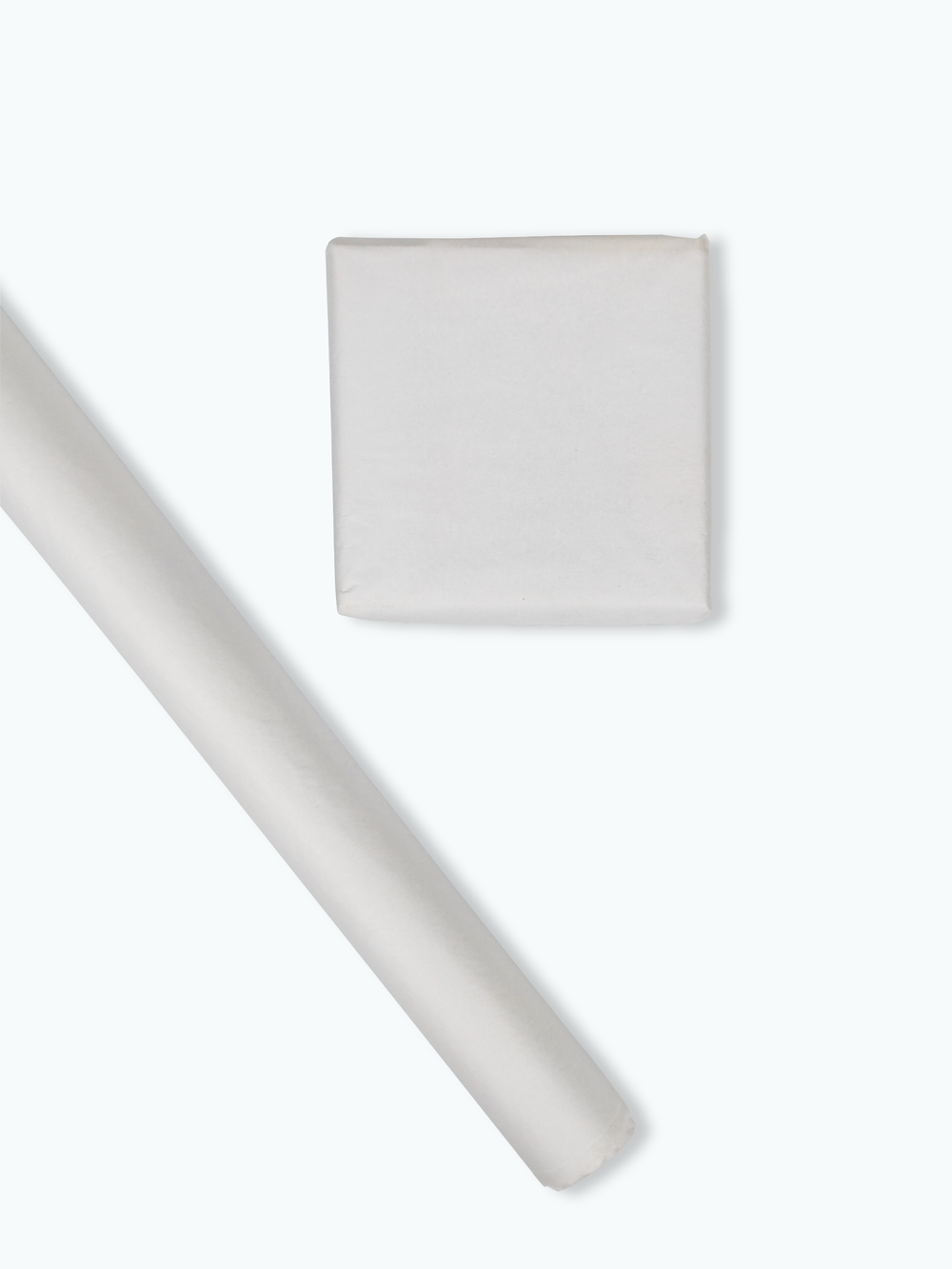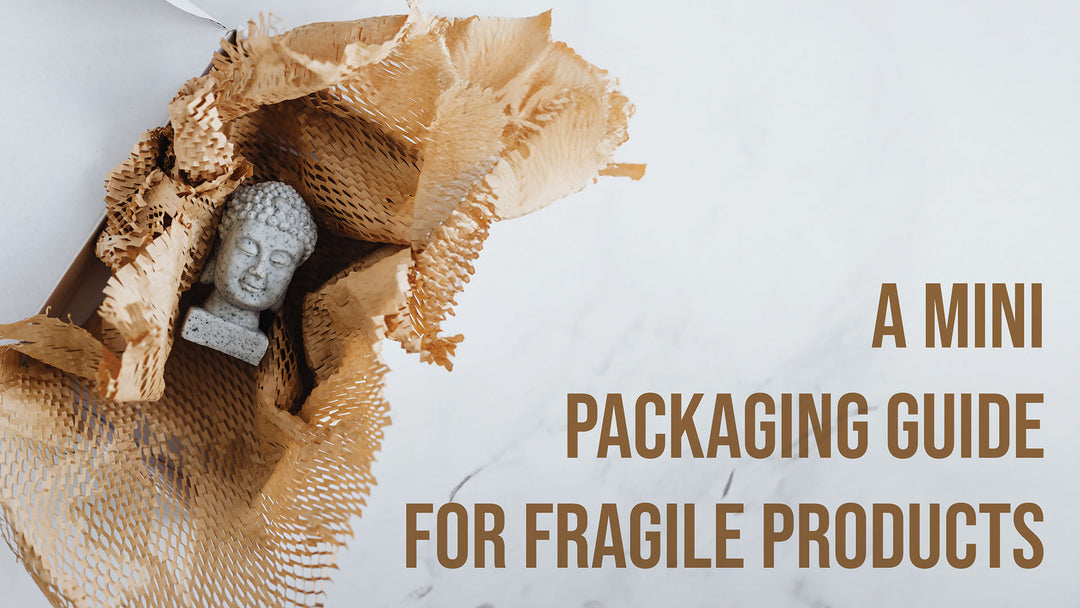COKE AND PEPSICO ARE ADOPTING SUSTAINABILITY GOALS AFTER FAILED ATTEMPTS
It is not the first time Coca-Cola has evaluated its supply chain for sustainable products. The company tried its best to create its first environmental life cycle assessments of its products through the impact of production and manufacturing process.
But for decades, they have been all deeply involved in packaging design and innovation.
“The Coca-Cola Company has been involved in Sustainable Packaging design and innovation initiatives for decades,” said Ben Jordan, the senior director of environmental policy for Coca-Cola, in a written response.
Was there any progress?
- There was a timeline of promises which was never fulfilled. Coca-cola and other bigger brands like PepsiCo focused on plastic recycling but missed the main spots.
- In the present days' scenario, the increasing pressure from investors and customers are leading them to rethink the packaging thing.
How have they impacted the Environment?
- Big bottlers are somewhat the world's largest plastic polluters as per a 2020 report from Break Free From Plastic organisation. Nearly 13,834 pieces of Coca-Cola-branded waste collected across 51 countries.
- This is because the focus was recycling plastic at the end of their supply chain. The middle of the supply chain involves the production, bottling and distribution of beverage products. Industry experts have seen no signs of finding an eco-friendly alternative.
- In short, the companies focused their sustainability efforts on recycling targets. Rather the pandemic highlights the urgency of the rising global issues. And this further pressured such brands to commence and progress with their sustainability goals.
Both The Companies Struggled With Their Past Experiences
In 1990, Coca-Cola committed to including 25% of recycled plastic contents in its bottles. The delay in the deadline leads to the drop to 10%. This too failed by 2006.
The commitment was brought to light back in 2008 which failed in 2015, AGAIN! The most recent target is using 50% of recycled material in all packaging by 2030.
In the recent reports, Coca-Cola stated that the pandemic has increased the “focus on refillable packaging in response to consumer affordability concerns and its potential to help us meet our sustainability goals, Eco Friendly Packaging”
What is PepsiCo's Record?
The record is somewhat the same. In 2010, the brand committed to increasing its recycling rate by 50% and it failed by 2018.
The recent commitment is about a 35% reduction of virgin plastic content across its beverage portfolio by 2025. In 2019, the company reported a 1% reduction.
As per the brands, they are building local and regional plans with their bottling partners and suppliers to ensure supporting collection infrastructure. Now, let's see what the plan goes by!
Emma Priestland, global corporate campaigns coordinator for Break Free From Plastic, stated that the companies should have focused more on the ready-made solutions as seen in Europe. All it did was implemented deposit return schemes that enhanced the recycling rates and expanded the rollout of the glass. The reusable "universal bottle" bought by Coca-Cola is flourishing in Latin America. Compostable Packaging.
Activists are pushing for something entitled “extended producer responsibility,”. It is a federal policy for holding beverage products accountable for where their plastic bottles are ending up. The policy is backed by industry leaders including major trade association American Beverage.


